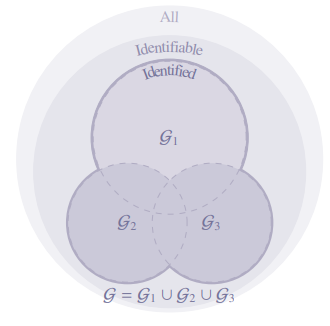2024-09-18 カリフォルニア工科大学(Caltech)
<関連情報>
- https://www.caltech.edu/about/news/gargantuan-black-hole-jets-are-biggest-seen-yet
- https://www.nature.com/articles/s41586-024-07879-y
- https://arxiv.org/abs/2405.00232
宇宙ウェブ規模のブラックホールジェット Black hole jets on the scale of the cosmic web
Martijn S. S. L. Oei,Martin J. Hardcastle,Roland Timmerman,Aivin R. D. J. G. I. B. Gast,Andrea Botteon,Antonio C. Rodriguez,Daniel Stern,Gabriela Calistro Rivera,Reinout J. van Weeren,Huub J. A. Röttgering,Huib T. Intema,Francesco de Gasperin & S. G. Djorgovski
Nature Published:18 September 2024
DOI:https://doi.org/10.1038/s41586-024-07879-y

Abstract
When sustained for megayears (refs. 1,2), high-power jets from supermassive black holes (SMBHs) become the largest galaxy-made structures in the Universe3. By pumping electrons, atomic nuclei and magnetic fields into the intergalactic medium (IGM), these energetic flows affect the distribution of matter and magnetism in the cosmic web4,5,6 and could have a sweeping cosmological influence if they reached far at early epochs. For the past 50 years, the known size range of black hole jet pairs ended at 4.6–5.0 Mpc (refs. 7,8,9), or 20–30% of a cosmic void radius in the Local Universe10. An observational lack of longer jets, as well as theoretical results11, thus suggested a growth limit at about 5 Mpc (ref. 12). Here we report observations of a radio structure spanning about 7 Mpc, or roughly 66% of a coeval cosmic void radius, apparently generated by a black hole between 4.4+0.2−0.7 and 6.3 Gyr after the Big Bang. The structure consists of a northern lobe, a northern jet, a core, a southern jet with an inner hotspot and a southern outer hotspot with a backflow. This system demonstrates that jets can avoid destruction by magnetohydrodynamical instabilities over cosmological distances, even at epochs when the Universe was 7 to 15+6−2 times denser than it is today. How jets can retain such long-lived coherence is unknown at present.
機械学習とベイズ推論を用いて巨大電波銀河の集団を制約する Constraining the giant radio galaxy population with machine learning and Bayesian inference
Rafaël I.J. Mostert, Martijn S.S.L. Oei, B. Barkus, Lara Alegre, Martin J. Hardcastle, Kenneth J. Duncan, Huub J.A. Röttgering, Reinout J. van Weeren, Maya Horton
arXiv Submitted on 30 Apr 2024
DOI:https://doi.org/10.48550/arXiv.2405.00232
Related DOI:https://doi.org/10.1051/0004-6361/202348897

Abstract
Large-scale sky surveys at low frequencies, like the LOFAR Two-metre Sky Survey (LoTSS), allow for the detection and characterisation of unprecedented numbers of giant radio galaxies (GRGs, or ‘giants’). In this work, by automating the creation of radio–optical catalogues, we aim to significantly expand the census of known giants. We then combine this sample with a forward model to constrain GRG properties of cosmological interest. In particular, we automate radio source component association through machine learning and optical host identification for resolved radio sources. We create a radio–optical catalogue for the full LoTSS Data Release 2 (DR2) and select all possible giants. We combine our candidates with an existing catalogue of LoTSS DR2 crowd-sourced GRG candidates and visually confirm or reject them. To infer intrinsic GRG properties from GRG observations, we develop further a population-based forward model that takes into account selection effects and constrain its parameters using Bayesian inference. We confirm 5,647 previously unknown giants from the crowd-sourced catalogue and 2,597 previously unknown giants from the ML-driven catalogue. Our confirmations and discoveries bring the total number of known giants to at least 11,585. We predict a comoving GRG number density nGRG=13±10 (100 Mpc)−3, close to a recent estimate of the number density of luminous non-giant radio galaxies. We derive a current-day GRG lobe volume-filling fraction VGRG−CW(z=0)=1.4±1.1⋅10−5 in clusters and filaments of the Cosmic Web. Our analysis suggests that giants are more common than previously thought. Moreover, tentative results imply that it is possible that magnetic fields once contained in giants pervade a significant (≳10%) fraction of today’s Cosmic Web.



